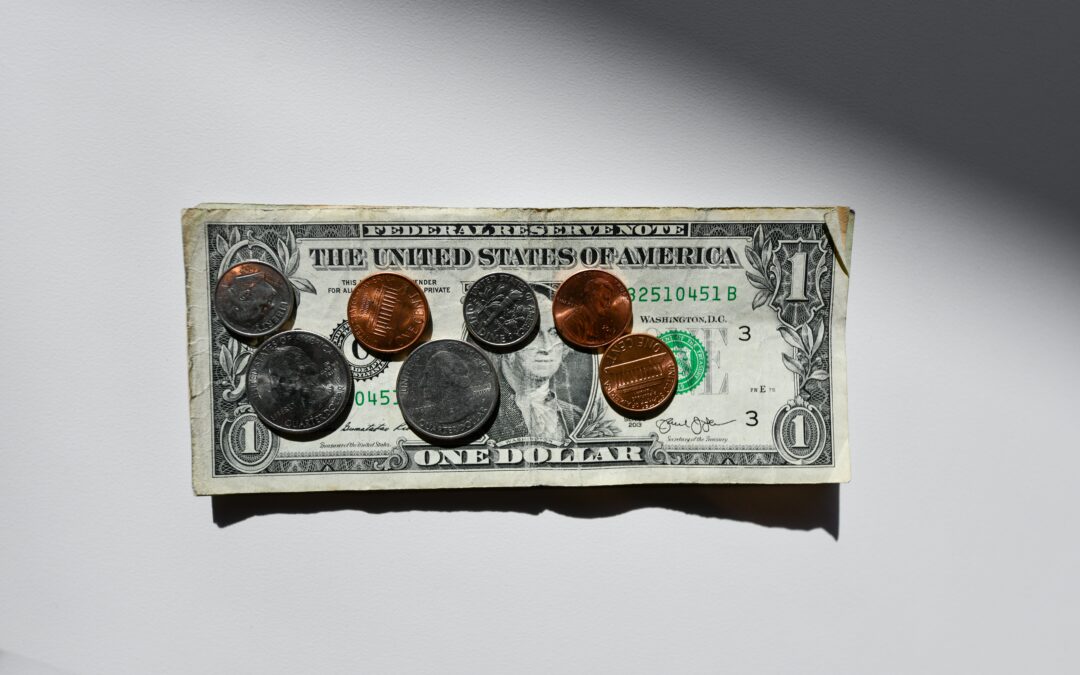Inflation Reduction Act of 2022 – Changes for 179D
The Inflation Reduction Act of 2022 has been signed. The legislation includes some key changes to §179D that must be addressed.
What does this mean for the §179D deduction?
This is a big one, so let’s break it down…
New Maximum Deduction Amount
This is going to be a big deal that will affect both taxpayers that build energy-efficient commercial buildings as well as architects and engineers that design them for not-for-profit entities. The maximum deduction is increased from $1.80/sqft to $5.00/sqft if all energy efficiency and prevailing wage requirements are met. The deduction is now based on a sliding scale with $2.50/sqft being the minimum deduction with a 25% efficiency increase scaling to $5.00/sqft for a 50% efficiency increase (assuming prevailing wage requirements are met). The “partial qualification” provision is eliminated, and the deduction is now based on full-building energy efficiency. Tax-exempt entities can now allocate deductions to designers and architects of energy-efficient buildings. The deduction can be reset every three years for commercial buildings and every four years for government buildings.
Tax-exempt entities can allocate deductions to Designers and Architects
This is a big one as it allows tax-exempt entities to allocate deductions to architects/designers who designed the energy-efficient buildings. Whereas this “allocation” option has historically been available for government buildings, it is now extended to other tax-exempt entities such as churches, hospitals, private schools and universities, private foundations, and political organizations.
Resetting the Deduction Every 3 or 4 years based on Commercial/Government Buildings
This was implemented to allow for a more gradual increase in energy efficiency. If a building is a commercial building, it must be reset every three years; if a building is a government building, it must be reset every four years.
To Recap:
- The maximum deduction is increased from $1.80/sqft to $5.00/sqft if all energy efficiency and prevailing wage requirements are met.
- The deduction is now based on a sliding efficiency scale with $2.50/sqft being the minimum deduction with a 25% efficiency increase (against the current ASHRAE standard), scaling to $5.00/sqft for a 50% efficiency increase (assuming prevailing wage requirements are met).
- The “partial qualification” provision is eliminated, and the deduction is now based on full-building energy efficiency.
- Tax-exempt entities can now allocate deductions to architects/designers of energy-efficient buildings. Whereas this “allocation” option has historically been available for government buildings, it is now extended to other tax-exempt entities such as churches, hospitals, private schools and universities, private foundations, and political organizations.
- The deduction can be reset every three years for commercial buildings and every four years for government buildings.
Work with Tri-Merit
Tri-Merit comprises highly experienced professionals who know the ins and outs of complex engineer-based tax incentives. Through our easy, no-cost, data collecting process, we will let you know if you qualify for the energy-efficient incentive and follow the process of validating and submitting your claim to reap the benefits of the Section 179D tax deduction.
Schedule a discovery call with Tri-Merit to learn more about a 179D tax study!

